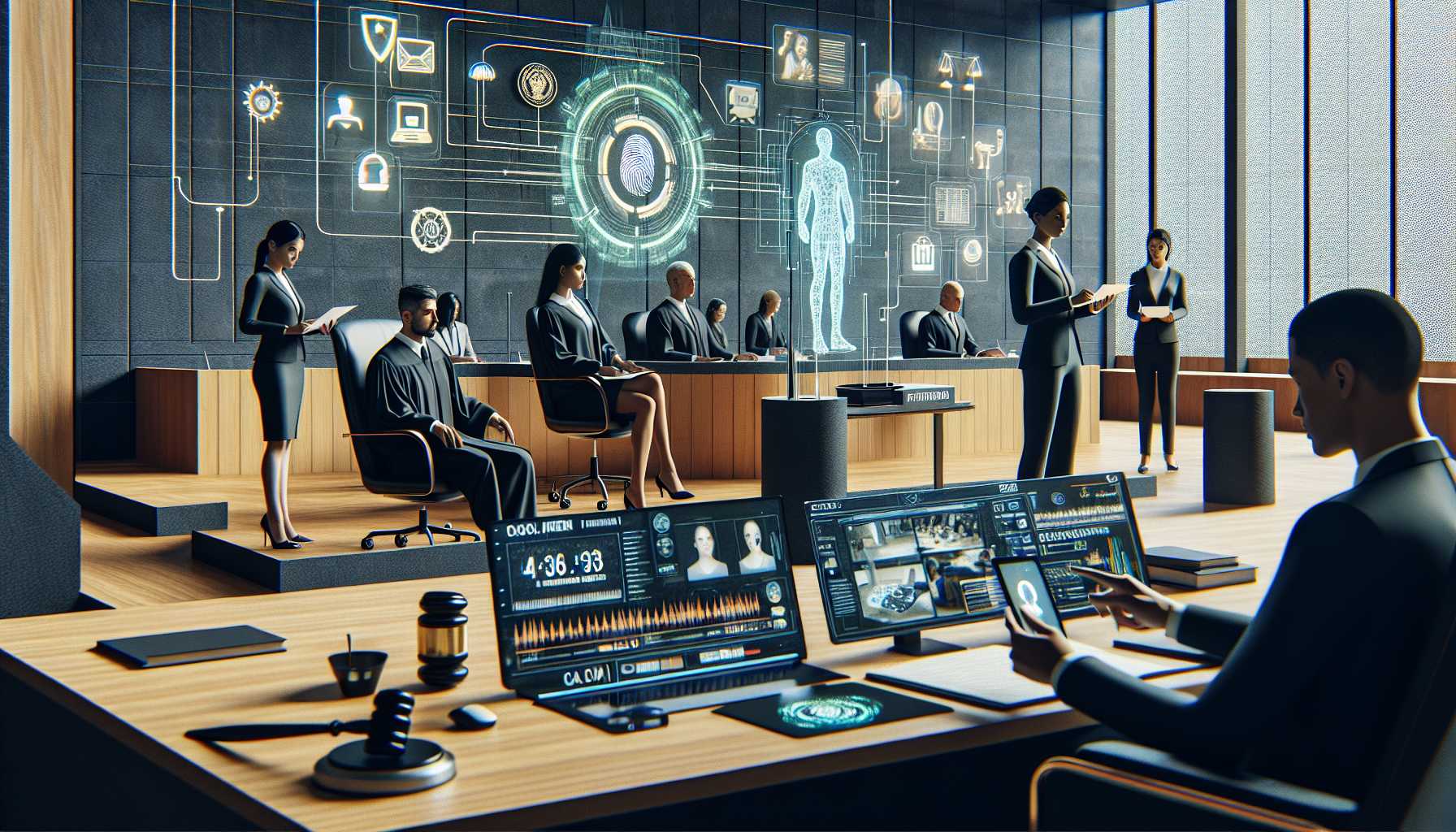The Shaky Ground of AI and Copyright Laws
The growing clamor against companies like OpenAI for alleged copyright infringements has put the spotlight on a critical legal battle facing the AI industry. Suchir Balaji, a former OpenAI researcher, has publicly criticized the company’s business model, claiming that it violates U.S. copyright law by exploiting digital data for AI training purposes without proper permissions. This has sparked fervent debate in the tech community about the boundary between innovation and intellectual property protection. Balaji’s insights highlight a critical tension: while AI’s vast capabilities offer transformative benefits, they often rely on data that originate from creators and businesses. He argues that OpenAI’s outputs don’t meet the “fair use” standard, which could have profound legal consequences for how AI models are developed and used. This discourse is critical as it underscores the need for new regulations to bridge the gap between technological advancement and legal frameworks.
Apple’s Subtle Entrance into the AI Arena
Apple’s much-anticipated foray into AI with Apple Intelligence was unveiled at WWDC 2024, finally quelling speculations of the company’s lag in adopting generative AI technologies. Their approach is characteristically stealthy and integrated into existing products rather than a standalone AI platform, embodying Apple’s understated style with a focus on enhancing user experience across their ecosystem. Apple Intelligence introduces features like improved translation, visual searches, and an enhanced Siri that operates seamlessly across apps. Interestingly, Apple’s approach includes leveraging small-scale models tailored specifically for certain tasks, optimizing for both privacy and efficiency—a move that stands in stark contrast to the hefty data models favored by other tech giants.
The Evolving Startup Landscape: Back to Basics
In the startup ecosystem, the conversation appears to be shifting away from unicorn valuations to more sustainable financial goals, such as achieving a substantial ARR before considering IPOs. This trend suggests a move towards more pragmatic business strategies amidst fluctuating market conditions. Some startups are capitalizing on regional opportunities to comply with evolving local legislations, which could pave the way for smoother IPO journeys in different markets. Meanwhile, sectors like cybersecurity and fintech remain hotbeds for investment, with companies raising significant funds to innovate and deliver key services in response to market demand.
OpenAI’s Roadmap Revisions
Contrary to recent speculation, OpenAI clarified that there are no plans to release their next-generation model, codenamed Orion, this year. This announcement hints at a more measured approach in their product development timeline, aiming to manage expectations while continuing to refine their AI capabilities. The anticipation surrounding Orion underscores the competitive pressure within the AI space to innovate rapidly. OpenAI’s communication suggests an understanding of the need to focus on building robust and responsible AI systems, possibly refraining from rushing releases that aren’t ready for public deployment.
U.S. Voting Systems Under Scrutiny
The integrity of the U.S. electoral process remains a contentious topic, with recurring concerns about the vulnerabilities of voting technology. Despite recent advancements, including increased use of paper ballots and attempts to modernize equipment, doubts are persistently fueled by misinformation and technology fear-mongering. Significant investments are being directed towards maintaining and upgrading voting infrastructure, yet experts emphasize the essential role of public understanding and transparency in preserving electoral confidence. These efforts reflect a broader endeavor to combine technological tools with human oversight, ensuring election security isn’t compromised by fear or technological complexity.
Legal Struggles in Wearable Technology
The ongoing legal tug-of-war between Apple and Masimo illustrates the intricate disputes that can arise over design and technology patents. While Apple claimed a nominal victory concerning certain Masimo devices’ infringement on design patents, the jury left Masimo’s current smartwatch models unscathed. Such legal contests signify the competitive nature of the wearables market, where innovative features and proprietary technologies can lead to contentious conflicts. Both companies view the jury’s decision as a kind of victory, highlighting how legal interpretations of technology and design can yield diverse outcomes depending on the situation.
Salesforce’s Vision for AI Agents
Salesforce’s CEO, Marc Benioff, is fervently championing the potential of AI agents to revolutionize business operations. His passionate endorsement stems from a belief in these agents’ ability to bring unprecedented efficiency and augmentation to traditional workplace roles. Benioff’s enthusiasm contrasts sharply with his critical view of Microsoft’s AI capabilities, branding its Copilot feature as underwhelming. Instead, Salesforce’s Agentforce aims to set new standards for what AI-driven productivity can achieve in sales, service, and beyond. This debate underscores the varying perspectives on AI’s role, impact, and trajectory in transforming enterprise ecosystems.





